Cumberland County: A Post Card
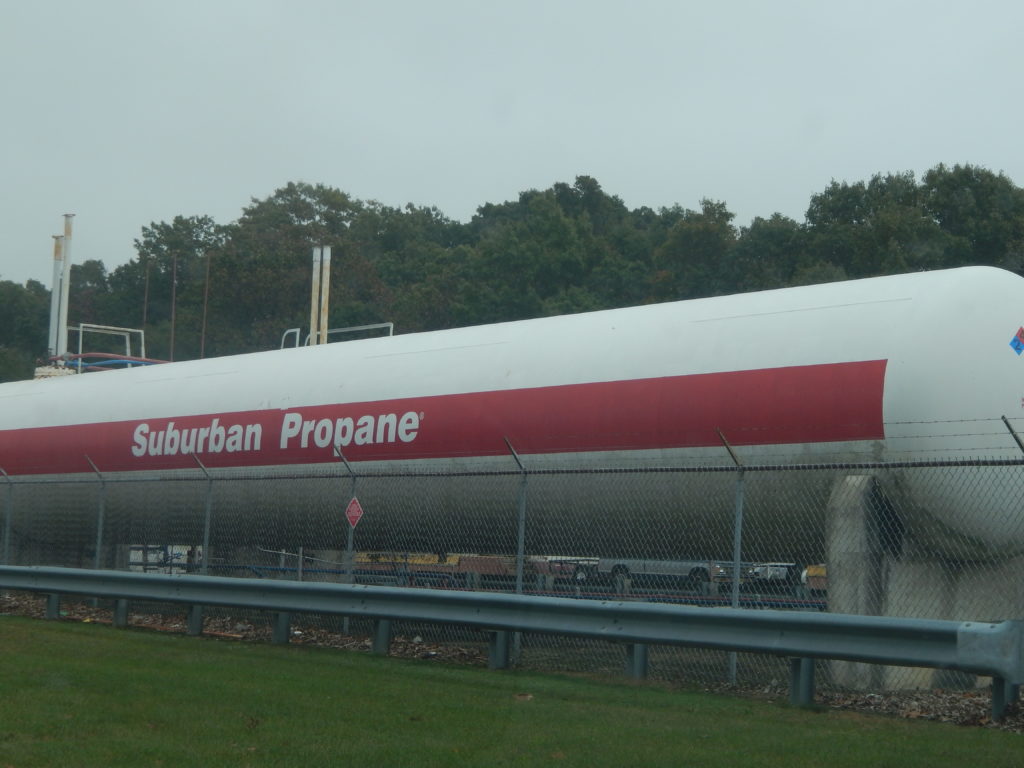
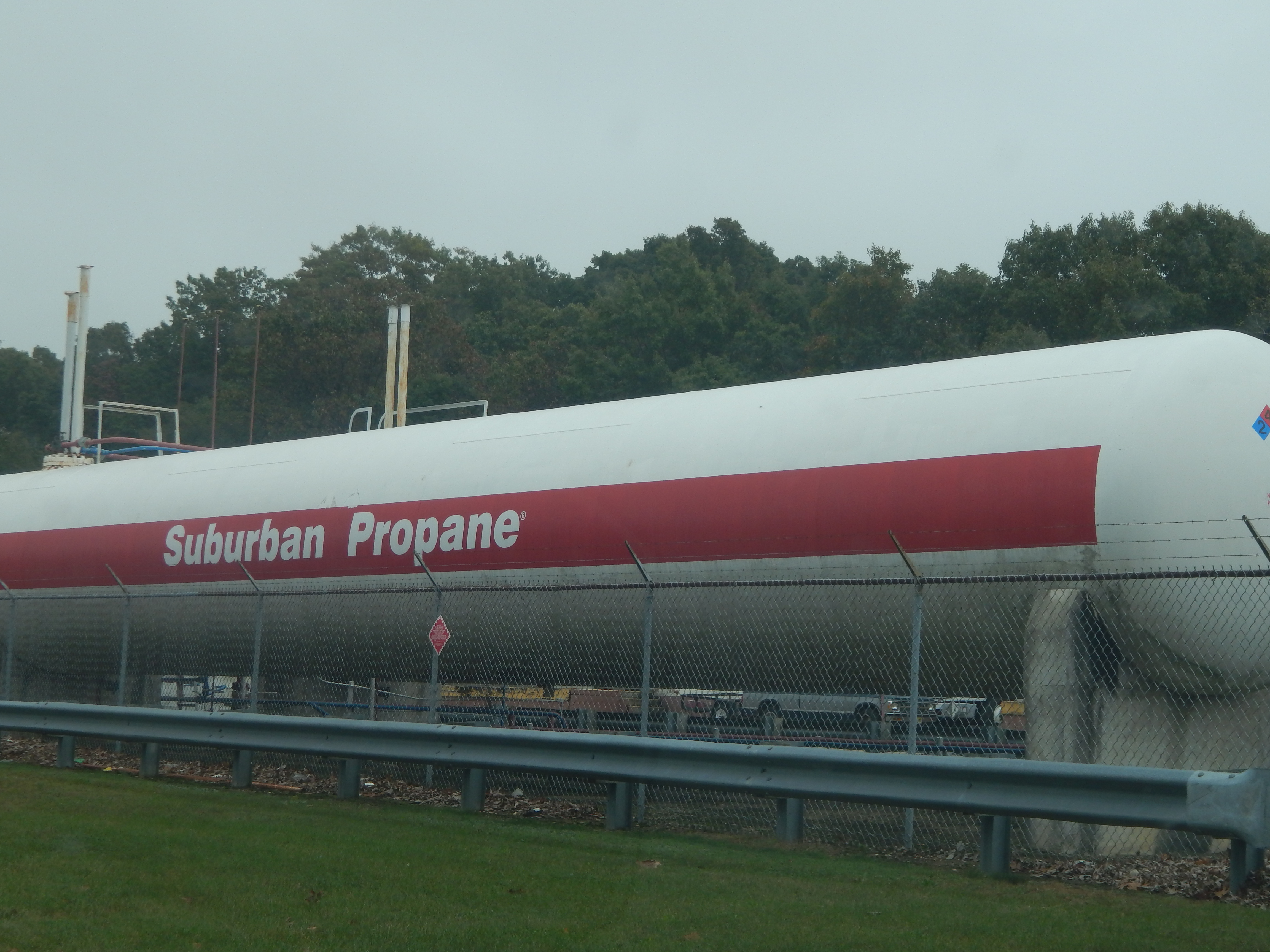
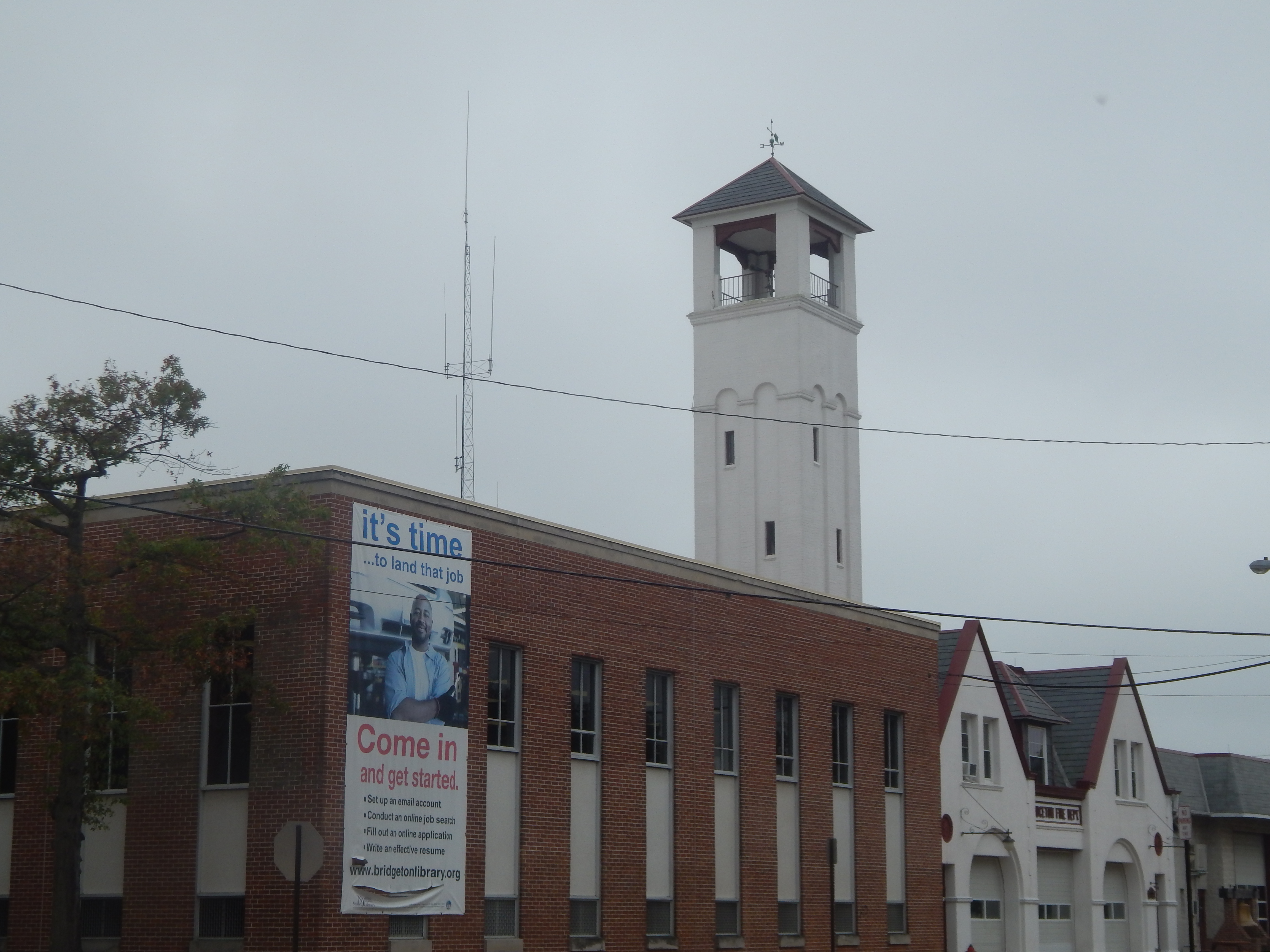
We are less than a month away from New Jersey’s election for Governor but there were no signs of either the Murphy or Guadagno campaigns at the annual Deerfield Township Fall Harvest Festival that draws thousands of locals to this Cumberland County ritual. In fact, driving around this part of New Jersey over the Columbus Day weekend the only political lawn signs were the ones for local offices.
Perhaps, that’s because the blight and poverty that has taken hold in this county, that was once one of the state’s most prosperous places, is just the physical manifestation of the colossal failure of both the Democratic and Republican parties out of Trenton and in Washington over the last thirty years to prevent the hollowing out of places like Cumberland County. Even as the professional political class enriched itself in the service of multi-national corporations, the middle class in places like Cumberland County was decimated as factories left the US, often with the encouragement of the tax code.

Cumberland County native Eric Manoloalmodobar, 31, was with his three young boys and his wife in between amusement rides at the Harvest Festival. He makes his living taking pictures of foreclosed properties for the real estate industry which are plentiful in southern Jersey. “There is a lot of tension especially when you go to the property and the people don’t know the bank is taking their house,” he said. “It gets hot sometimes. I am just there to photograph the property for the real estate company. There are a lot of foreclosures, a lot of just bad property especially in our area. There’s a lot of abandoned houses. Banks are taking up everything.”
It should come as no surprise that Cumberland County’s Congressional District 2 was actually like one of those 200 or so counties in once friendly labor states in places like Michigan, Ohio and Pennsylvania, that had voted twice enthusiastically for President Obama, but rejected former Secretary of State Hillary Clinton and made Donald Trump president.
These are the places in America where there was never a recovery after the Great Recession and conditions have only continued to deteriorate. There not on the radar because we judge how the economy is doing based only on aggregate data points like the national or statewide unemployment rate. But nobody lives in the aggregate.
According to this year’s NJ Kids Count report put out by Advocates for Children of New Jersey, a non-profit advocacy group, Cumberland County ranks last of all the 21 counties in the median income of families with children at $52,610 well below the state’s $90,270 median income and a universe and a half away from Morris County’s $140,322.
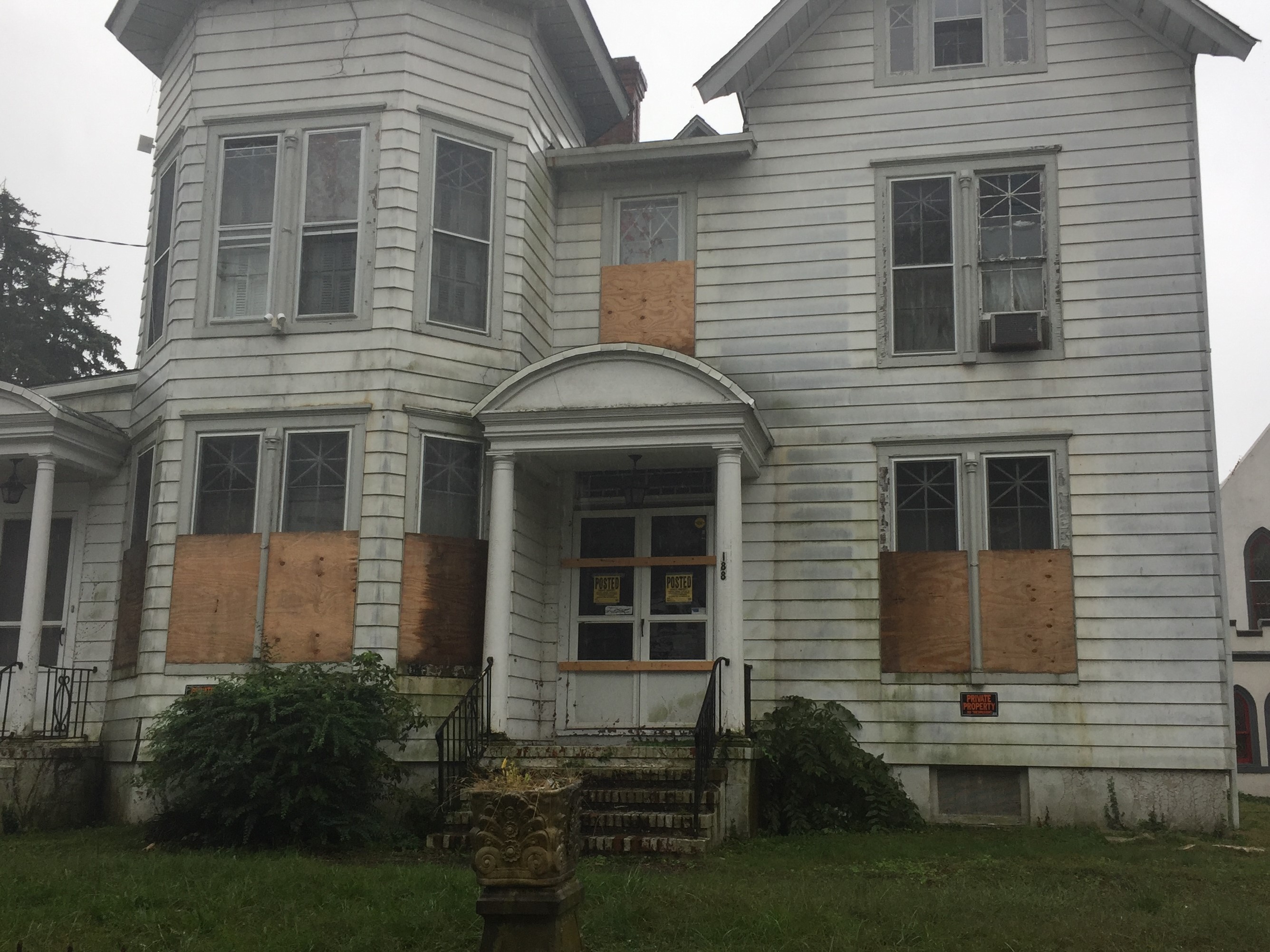
It has been well documented that since the Great Recession that the so called “recovery” has been nonexistent for huge swaths of the nation with the income gains increasingly concentrated in the top one percent. As the NJ Kids Count data documents, that’s playing out in a fierce way in Cumberland County. Consider that in Cumberland County since 2011 the median income has grown only by $2,000. Over the same arc of time in Morris County it jumped by $27,000. To those that much has been given, even more will be given?
With close to 10 percent unemployment, Cumberland County has the highest jobless rate in the state and also ranks highest in the number of idle 16 to 24 year olds, with more than one in five in that age cohort neither working nor in school.
And if Cumberland County’s present circumstance seems dire, the future looks bleaker, if we look at how this local misery index plays out for children. One in four children live below the poverty line, ranking it as the county with the third highest level of childhood poverty in the state behind Passaic 27 percent and Hudson with 26 percent. Based on the 2017 NJ Kids Count data that sites 2014 data, only 58 percent of the county’s 4th graders passed their state achievement tests, down from 62 percent in 2010. Statewide 74 percent passed.
As bad as Cumberland County’s poverty data is, it does not give us a complete picture of the full collapse of the middle class in that county and in other places like it in New Jersey. Consider the United Way’s ALICE survey which tracks the number of families that are technically above the federal poverty level, but who struggle from paycheck to paycheck. For them there is no margin for a major car repair, never mind a health crisis. ALICE stands for households that are asset limited, income constrained and yet employed.
The United Way researchers take into account the local expense for food, housing, childcare, taxes and transportation— data points that are not part of the federal poverty matrix. Well over half of Cumberland County’s households are living below that affordability threshold. According to the United Way data, Cumberland County is the only county in the state where a majority of white households are seriously struggling week to week as compared to 64 percent of African-American and 67 percent Hispanic families.
Today, Cumberland County’s county seat Bridgeton has one empty store front after another yet at one time it was considered one of the most prosperous towns in the state. What was invented and built there was hugely profitable and of international significance. It was the place the world figured out how to freeze food for global distribution, where magnetic tape recording was invented, where the machines and presses were designed and built that made America an industrial power. It is where food and industry figured out how to feed the military effort that beat the Nazis and Japanese in World War II.
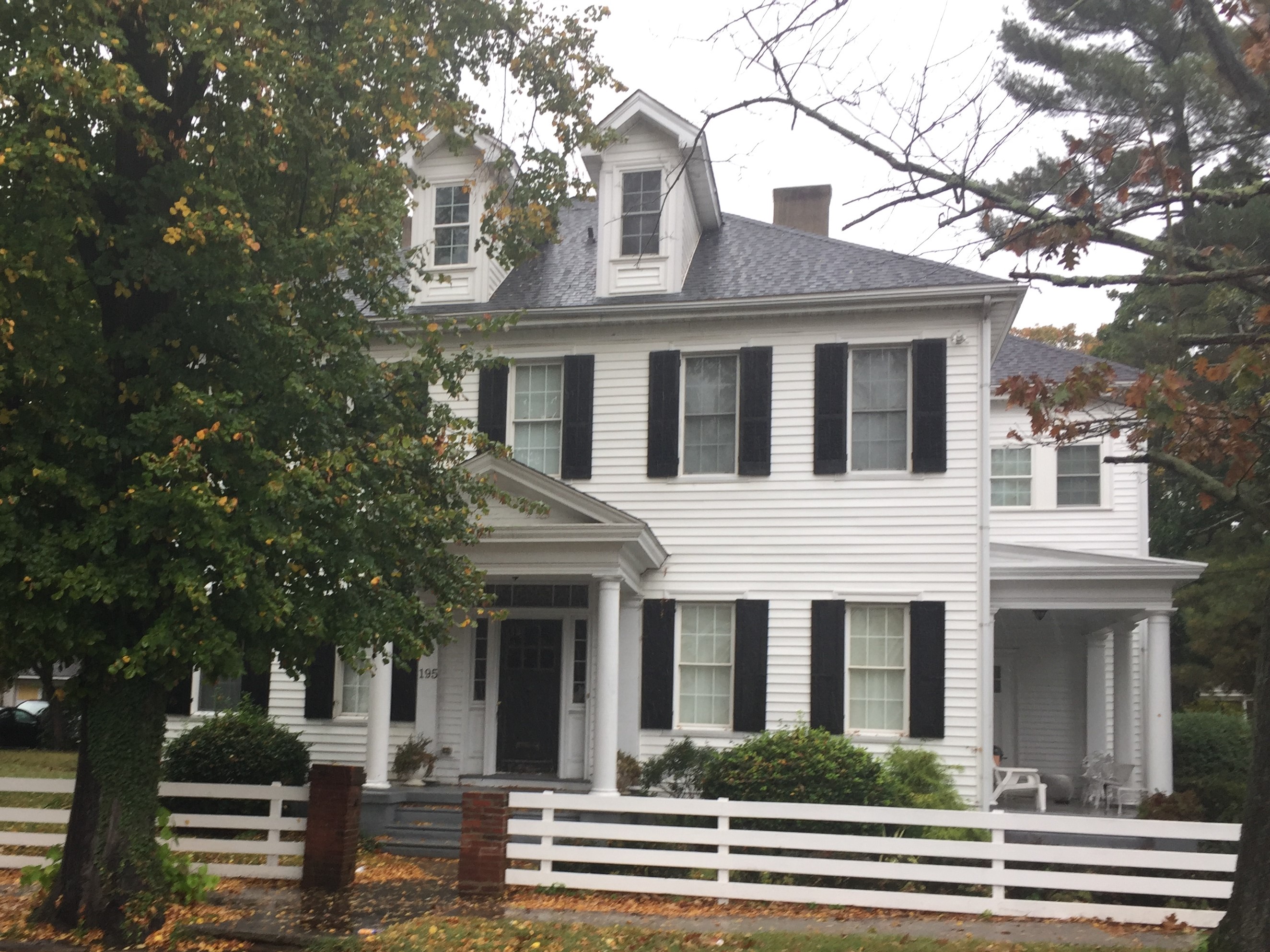
The wealth maybe gone but the beautiful architecture it built endures. In fact the Bridgeton Historic District includes 2,200 residential, commercial, industrial, and churches making it the largest such district in the state. It was listed both on the State Register and the National Register of Historic Sites in 1982.
According to the Historic Districts web site the “inventory includes examples of early American architecture that features hipped roofs and facades adorned with Palladian windows, columns, projecting pavilions. In addition to this Georgian style, Bridgeton features examples of the Federal style, the first genuinely American style to evolve from European influences, characterized by gable roofs and understated adornments; shuttered multi-paned wood sash windows and delicate façade details.”
There are examples of the Greek revival with columned porticos and gables that were popular in the early 19th century. Much of the street scape is dominated by Victorian style homes that date back to Queen Victoria’s reign that ran from the late 1830s to just a few years into the next century.
In the 21st century, according to Cumberland County’s data book, almost half of Bridgeton’s population is Hispanic, as compared to close to 29 percent county wide. Close to one in three families are living below the federal poverty line in the county capital, as opposed to 18 percent county wide. In 1990 there were just under 19,000 people living there, by 2010 that was up to 25,000 but the most recent data shows that growth losing steam, with close to a two percent decline between 2010 and 2015.
While the congressional district may have gone for Trump, Bridgeton is a ‘sanctuary city’ that this past summer followed New York City’s lead and adopted a municipal ID card, a move that was supported by the local police chief.
For Flavia Alaya, a local resident, author and nationally recognized expert on the historic evolution of both Paterson and Bridgeton, the local response to the undocumented fits into the area’s historic narrative that starts when New Jersey was more defined officially by an east and west boundary that preceded today’s north and south divide.
“West Jersey, south Jersey, gets a terrible rap for being so called ‘below the Mason-Dixon line’ and because it had a large black population and some history of clan activity that it can’t seem to overcome— a notion that this somehow is an oppressed society,” said Alaya, who has also been a long time member of New Jersey’s Historic Sites Commission. “It is the exact opposite. African-Americans found haven here” including “a strong influx of escaped slaves during the underground railroad.”
She continued. “West Jersey was basically Presbyterian and Quaker. East Jersey was Anglican and eventually more Catholic. Those are not just religious subdivisions. Those are political subdivisions. You have to really know something about 17th and 18th century history to know that, and people here do. They are very conscious of their roots.”
“The Quakers and the Presbyterians stayed very pro-integration and anti-slavery during the key period of the Underground Railroad and the Civil War. And there is a passionate history, first of Revolutionary support in the 1770s and 1780s and then support for radical politics, Underground Railroad politics in the 19th century. So the perspective that North Jersey has about South could not be more far off.”
Alaya believes that it’s the local community’s rich past and trove of historic structures that offers the foundation for an economic revitalization that’s broad based and sustainable. She is the CEO and President of the Center of Historic American Building Arts, a locally based non-profit that is fostering home ownership and historic preservation.
In interviews conducted in downtown Bridgeton locals recalled the community as a place where good paying union jobs with benefits were plentiful and the smell of processed tomatoes filled the air. Rosemarie Dequinzio, chair of the Bridgeton’s Historic Preservation Commission, remembers. “Definitely, the glass jobs, Seven-Up was here. When I moved in there were quite a few big businesses that payed really well so that you could raise a family on the wages that they paid you,” Dequinzio said in an interview in downtown Bridgeton. “Unfortunately they found cheaper labor, either down south or overseas and closed up. And they left their businesses. They left their buildings.”
She continued. “If you take a walk around the city in different neighborhoods it is really sad because….you’ll notice that a lot of the buildings are absolutely gorgeous but because of economics or whatever they have been chopped up into apartments.The landlords are not here. We have a lot of absentee landlords.”
Dequinzio was downtown with her friend City Council President Gladys Lugardo-Hemple. Both women said they were particularly concerned about the challenges the county’s young adults faced. Often saddled with thousands in college debt, and poor local job prospects, they say too many idle young people find themselves sucked into the downward spiral of opioid addiction.
“It is sad to hear all that. But here there’re no jobs,” said Council President Lugardo-Hemple. “Then when they graduate here they want to stay here and bring to the community what they have learned but there are no benefits for them to stay here so they go away.”
Dequinzio and Lugardo-Hemple were downtown to check in with Luis Olivarez, a local landlord, who had just donated the use of his entire commercial building in the heart of downtown as a depot to collect relief supplies for hurricane ravaged Puerto Rico. Olivarez said his act of civic generosity came out of his personal experience. “I was almost a victim. I spent the hurricane in Puerto Rico,” he said. “I came here two days after and knowing the devastation the island the went through I decided this was a good cause.”
Olivarez also shared in the concern about the predicament of the local young adults that come of age in Bridgeton. “This is more or less an agricultural area and these guys are going to school for professional jobs,” he said. “There is a mismatch. They would do better learning to be mechanics.”
For decades now, under both Democrats and Republicans out of Trenton so called economic development has been dominated by awarding hundreds of millions of dollars to well connected corporations who play one state off the other for the best deal. For Council President Lugardo-Hemple what Bridgeton needs is small business micro-grants in $5,000 denominations. “We need to work with our community, our businesses that are here to grow,” she said. “They have a lot of plans but we need to work with them closely. If we had $5,000 for each that would be a big difference inside our city.”

Reporting for this story was done with the support of WBGO REPORTS, an investigative project produced by WBGO, 88.3 FM, that identifies and pursues under reported stories that impact New Jersey’s public health and social well being.
(Visited 40 times, 1 visits today)










Leave a Reply